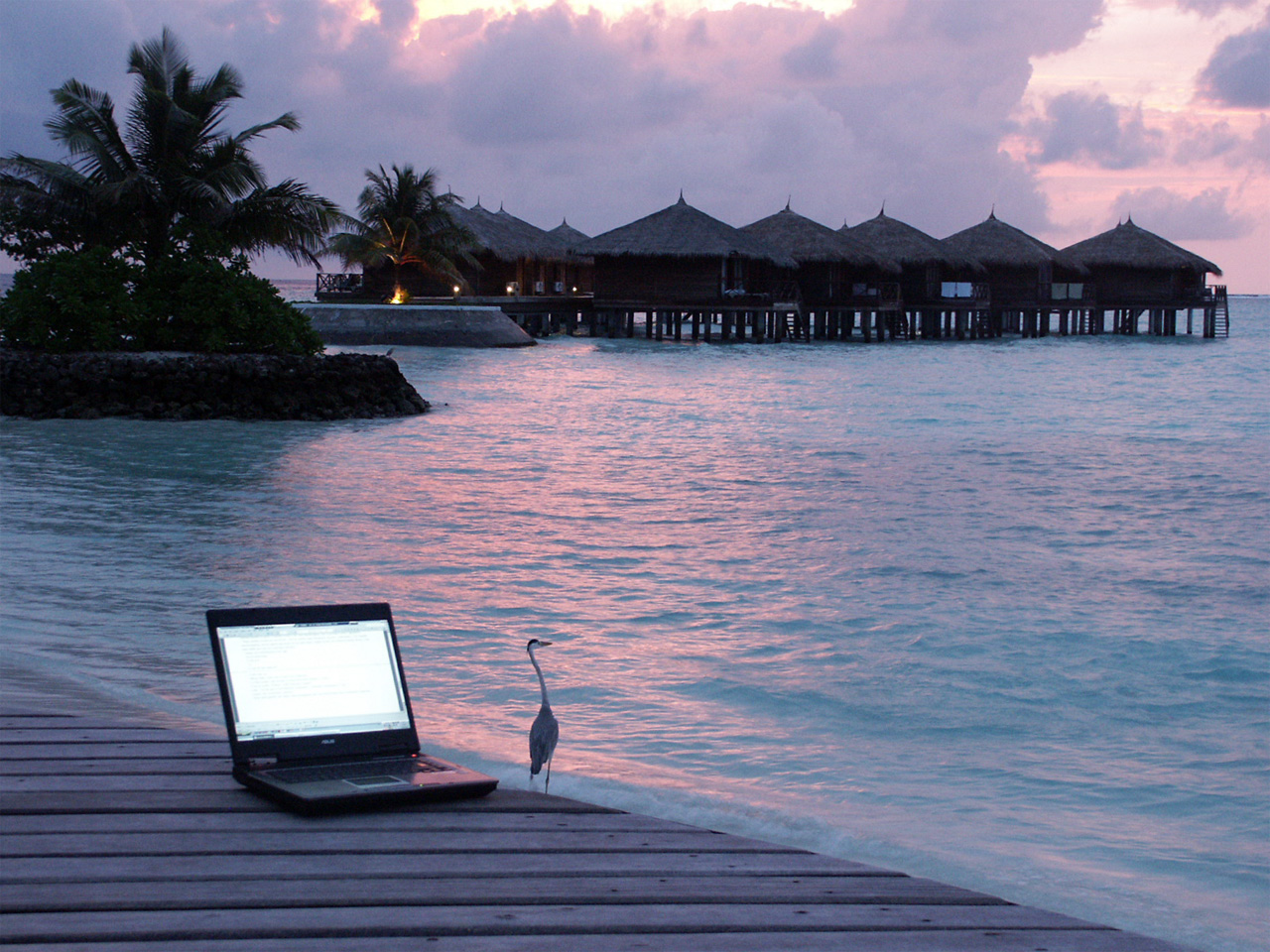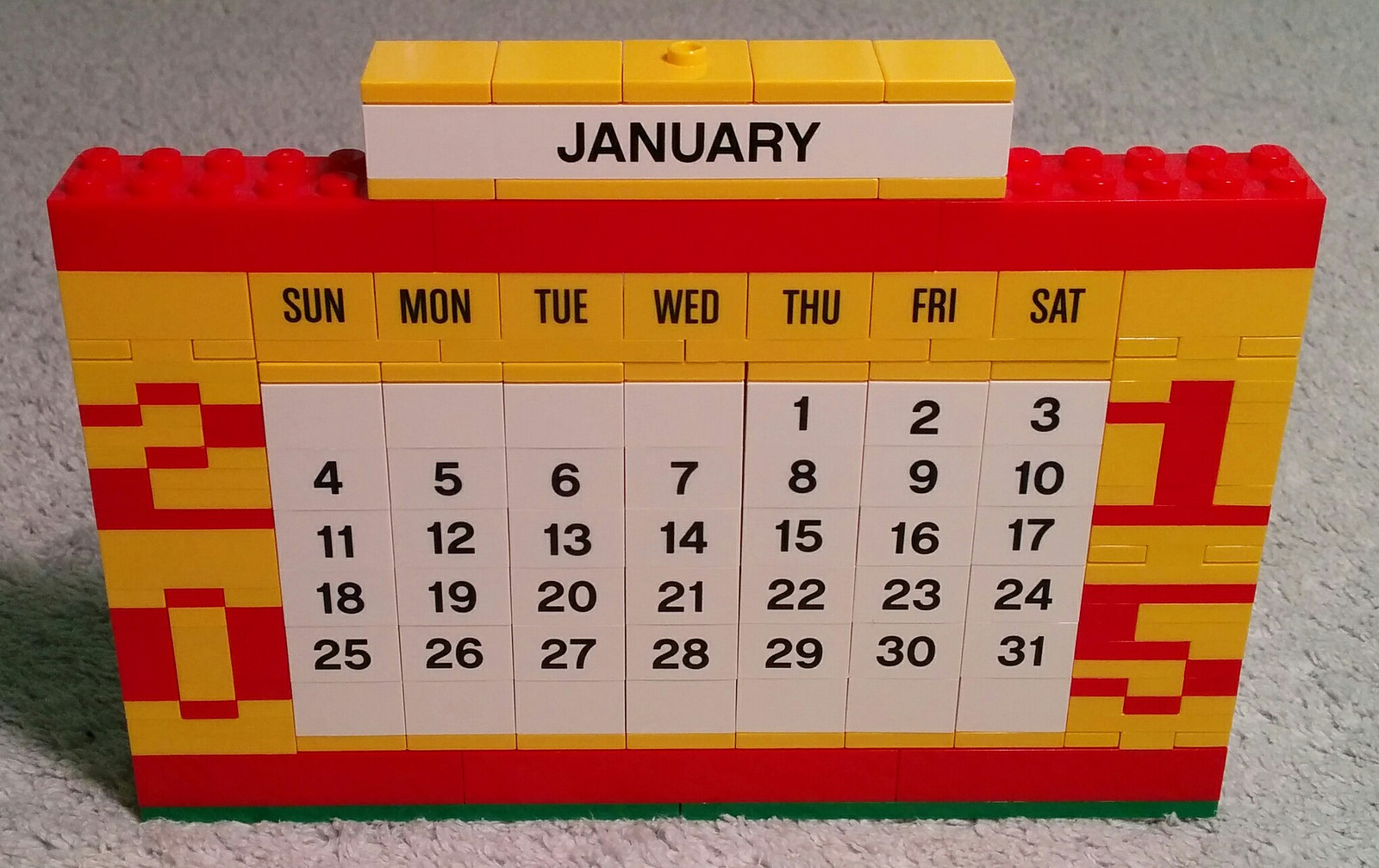A couple of weeks ago, we posted about some of our travel content writing advice that has been circulating online. But that was just part one. Here are some more of our tips and tricks to hone your wordsmithing skills.
From destination guides to travel features, World Words writes about travel in every shape and form, collecting wisdom along the way. There is always more to learn about the craft of writing and always more advice to give.
From warnings about the perils of travel writing clichés, to the necessity of being specific in your content writing, from research to headlines, we’re full of great advice to improve your travel content writing.
Scroll on down to have a read.

10 MORE CONTENT WRITING CLICHÉS TO AVOID, HOTEL SPEAK
Clichés are rife in the hotel and travel sector. Browse just a few websites, blogs and brochures, and it won’t be long until you encounter ‘a hidden gem’ or a ‘best-kept secret’. And while these phrases aren’t inherently bad, they aren’t exactly original either. Using them liberally will make for bland and forgettable copy.
Your hotel’s written content is a prime opportunity to engage audiences, provide useful and inspiring information and demonstrate your status as local area experts, so don’t bore potential guests with watered-down, wishy-washy language. In a previous article, we listed 10 clichés for hotel marketers to avoid, but – as you may already have guessed – we were only getting started. Here are 10 more predictable phrases to steer clear of.
Nestled/Perched
Sometime is seems the hotel industry has an aversion to plain and simple language – basic words and phrases such as ‘located in’ just won’t cut it. Which is why so many hotel copywriters describe their property as being ‘nestled’ or ‘perched’ somewhere. But what about accuracy? If your hotel property is situated above or at the edge of an elevated plot of land then go ahead and use perched. If the building is half-hidden by vines or vegetation, then nestled is fine. Otherwise, avoid them.
For nine more clichés to reject, visit Hotel Speak.

SPECIFICALLY SPEAKING, HOTEL CONTENT NEEDS TO BE PRECISE, TNOOZ
Good hotel content writing is all about details. What good is it to describe your hotel as ‘luxurious’ without mentioning the high-thread count sheets, the silk robes and the top-drawer champagne that awaits guests in their room?
During our time spent crafting content for hotels, we’ve discovered one key quality that good written content always has: details. Guests browsing your hotel’s website are not looking for vague promises of ‘paradise’, ‘luxury’ and ‘something for everyone’; they are looking for the specifics, the deal-makers and conversely, the deal-breakers. Details are what will convince them to make the purchase.
The fact is, specificity is key when marketing hotels, from identifying your target audience to conducting research to telling your story. Here are just some of the ways in which it pays to be specific in your hotel’s written content.
Be specific in your targets
Before you even begin tapping away on that keyboard, it’s imperative to know who you are writing for – that is, who you see coming to stay at the hotel. That way, you can have your target customer’s best interest in mind from the get go.
To read more, visit the article on Tnooz, click here.

WHY EVERY HOTEL NEEDS AN EDITORIAL CALENDAR, HOTEL SPEAK
When creating online travel content, it is tempting to come up with brand new ideas as you go along. After all, travel is all about spontaneity; it’s the off-the-cuff experiences that often make the greatest impressions. However, as anybody who has found themselves in Alaska armed with nothing but tiny Speedos and factor 50 sunscreen will attest, a little forward planning can go a very long way.
Having a good content marketing strategy for your hotel will often mean juggling dozens of different tasks. Your social media statuses need to be updated, online chats and conversations need to be monitored, blog posts need to be written, edited and scheduled, images need to be sourced and uploaded, websites need to be updated, videos need to be produced… and so on. With so much different content to produce, it’s very easy to let something slip your memory, yet there’s little more detrimental to a hotel’s brand image than stagnant blogs and sluggish social feeds.
So what’s the solution for combating future content drought? It’s simple: make an editorial calendar.
Learn about the best way to make an editorial calendar by reading the rest of the article on Hotel Speak.
—
Our blog is jam-packed with travel writing advice, as well as examples of our advice in action with links to World Words content around the web – and in print. Connect with us on Twitter for all the latest updates.
Image credits: Alone, CC image courtesy of Giorgio Montersino, via Flickr. Improved LEGO Calendar Front, CC image courtesy of Bill Ward, via Flickr.
